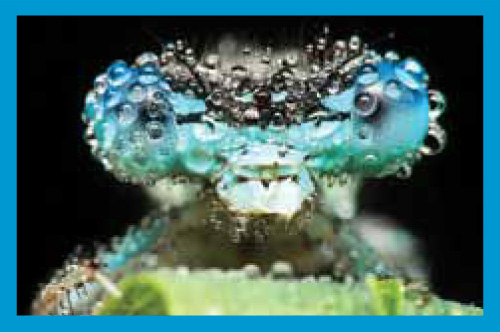CONTENTS
|
Raw materials and fuel for our bodies |
|
|
Atoms form molecules through bonding. 40 |
|
|
2.1 |
Everything is made of atoms. 40 |
|
2.2 |
An atom’s electrons determine whether (and how) the atom will bond with other atoms. 43 |
|
2.3 |
Atoms can bond together to form molecules or compounds. 45 |
|
Water has features that enable it to support all life. 48 |
|
|
2.4 |
Hydrogen bonds make water cohesive. 48 |
|
2.5 |
Water has unusual properties that make it critical to life. 49 |
|
2.6 |
Living systems are highly sensitive to acidic and basic conditions. 51 |
|
2.7 |
This is how we do it: Do anti- |
|
Carbohydrates are fuel for living machines. 55 |
|
|
2.8 |
Carbohydrates include macromolecules that function as fuel. 55 |
|
2.9 |
Glucose provides energy for the body’s cells. 56 |
|
2.10 |
Many complex carbohydrates are time- |
|
2.11 |
Not all carbohydrates are digestible. 59 |
|
Lipids store energy for a rainy day. 61 |
|
|
2.12 |
Lipids are macromolecules with several functions, including energy storage. 61 |
|
2.13 |
Fats are tasty molecules too plentiful in our diets. 62 |
|
2.14 |
Cholesterol and phospholipids are used to build sex hormones and membranes. 65 |
|
Proteins are versatile macromolecules that serve as building blocks. 67 |
|
|
2.15 |
Proteins are bodybuilding macromolecules. 67 |
|
2.16 |
Proteins are an essential dietary component. 68 |
|
2.17 |
A protein’s function is influenced by its three- |
|
2.18 |
Enzymes are proteins that speed up chemical reactions. 72 |
|
2.19 |
Enzymes regulate reactions in several ways (but malformed enzymes can cause problems). 73 |
|
Nucleic acids store information on how to build and run a body. 75 |
|
|
2.20 |
Nucleic acids are macromolecules that store information. 75 |
|
2.21 |
DNA holds the genetic information to build an organism. 76 |
|
2.22 |
RNA is a universal translator, reading DNA and directing protein production. 77 |
|
Melt- |
|
VI
 2 • Chemistry 39
2 • Chemistry 39 StreetBIO: KNOWLEDGE YOU CAN USE
StreetBIO: KNOWLEDGE YOU CAN USE